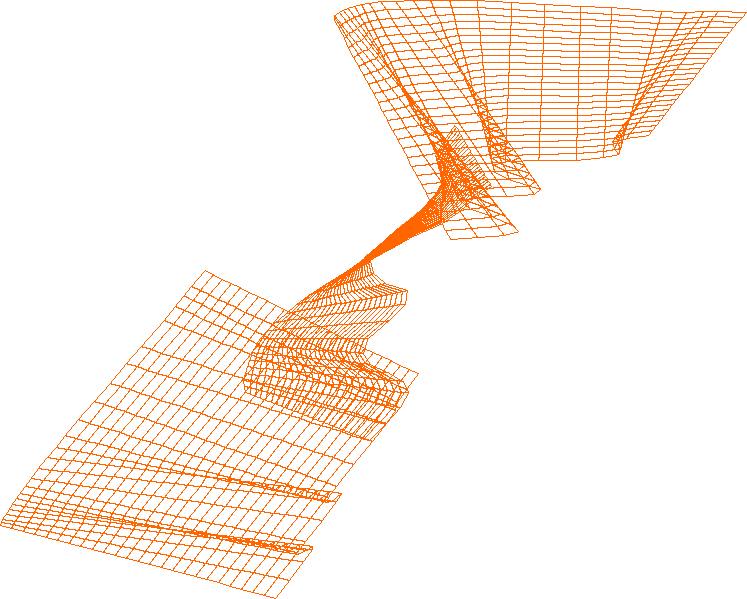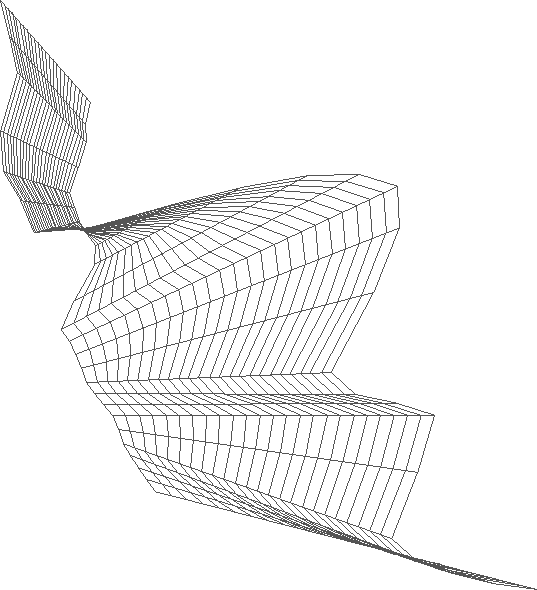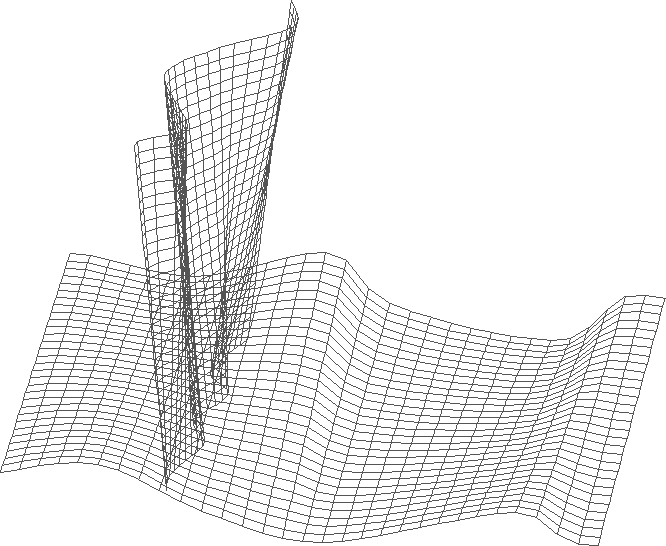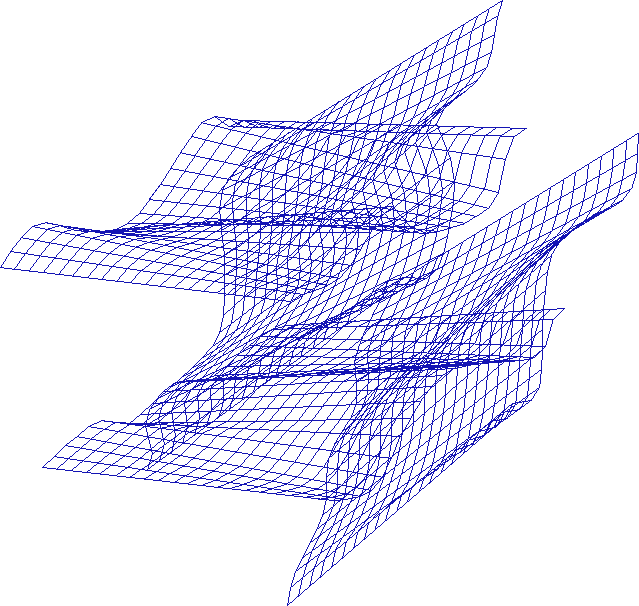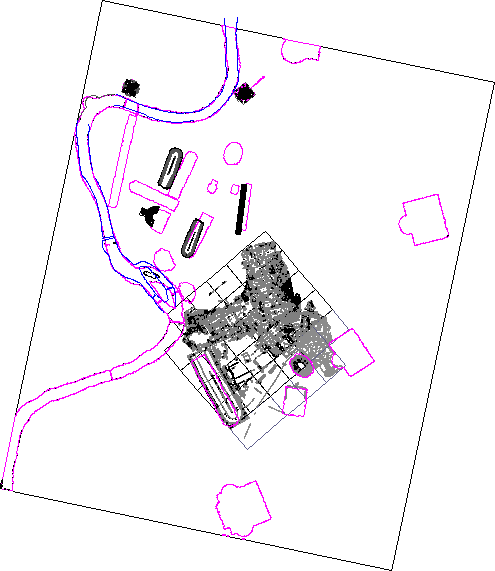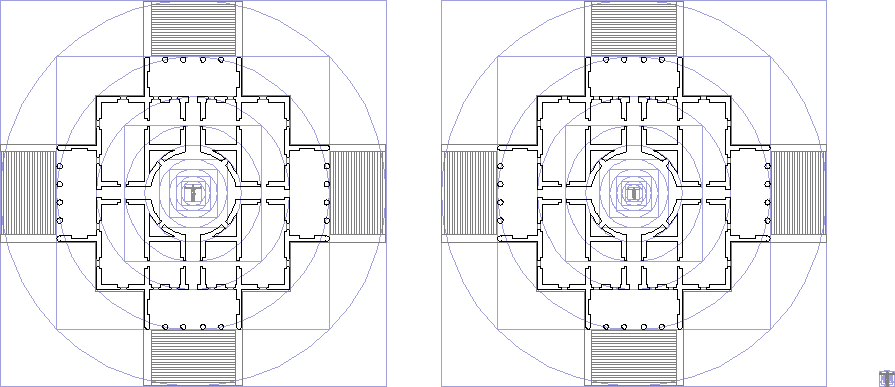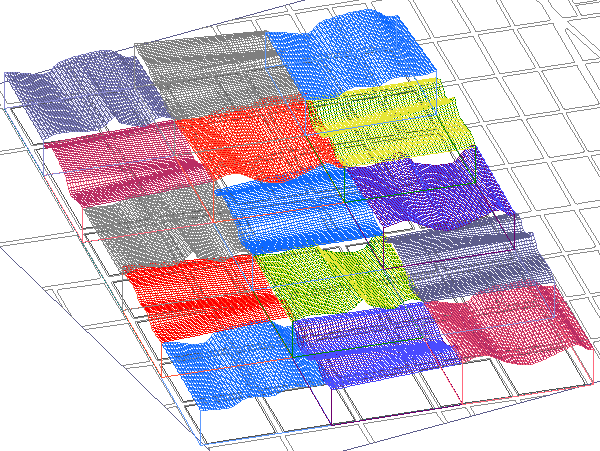| |
It was yesterday [15 years ago] that I ultimately gave final formation to the idea that Franklin Court is the first virtual house of the 20th century.
After an extended independent analysis of the Ichnographia Campus Martius, it becomes evident that Tafuri misreads Piranesi's large plan in most cases. Tafuri's text indicates no research of the plan beyond simply looking at it and subsequently offering a description of what Tafuri thinks he sees. (In fact, a careful reading of both Tafuri's texts and the text of Fasolo from 1956, clearly shows that Fasolo's text greatly influenced Tafuri's observations.) For example, in calling out the various axes of the Campo Marzio, Tafuri notes the axis running through Hadrian's Tomb, but he fails to recognize it's symbolic function as the Axis of Death; nor does he identify the Axis of Life that runs perpendicular to the Axis of Death. Moreover, Tafuri marginally notes the semblance of an axis within the northeast sector of the plan, yet he never mentions that Piranesi labeled this axis the Equiria, place of the annual horse races instituted by Romulus in honor of Mars.
These are just two examples which plainly demonstrate that Piranesi's plan holds significant and coherent symbolic content, however, recognition of Piranesi's "carved in stone" symbolism necessarily negates Tafuri's primary thesis that the Ichnographia Campus Martius is utterly fragmented and devoid of "language." Ironically, had Tafuri not discounted the presence of language and instead actually translated the hundreds of Latin labels Piranesi applies throughout the plan, he would have concluded with a more accurate, if not also a more honest reading.
It is truly unfortunate that the subsequent 20th century Campo Marzio analyses of Allen, Bloomer, and Eisenman, build upon Tafuri's mistakes rather than correct them.
...the space station fits precisely within the realm of extremity architecture. No question the space station is essentially as extreme as architecure can be today.
| |
|
